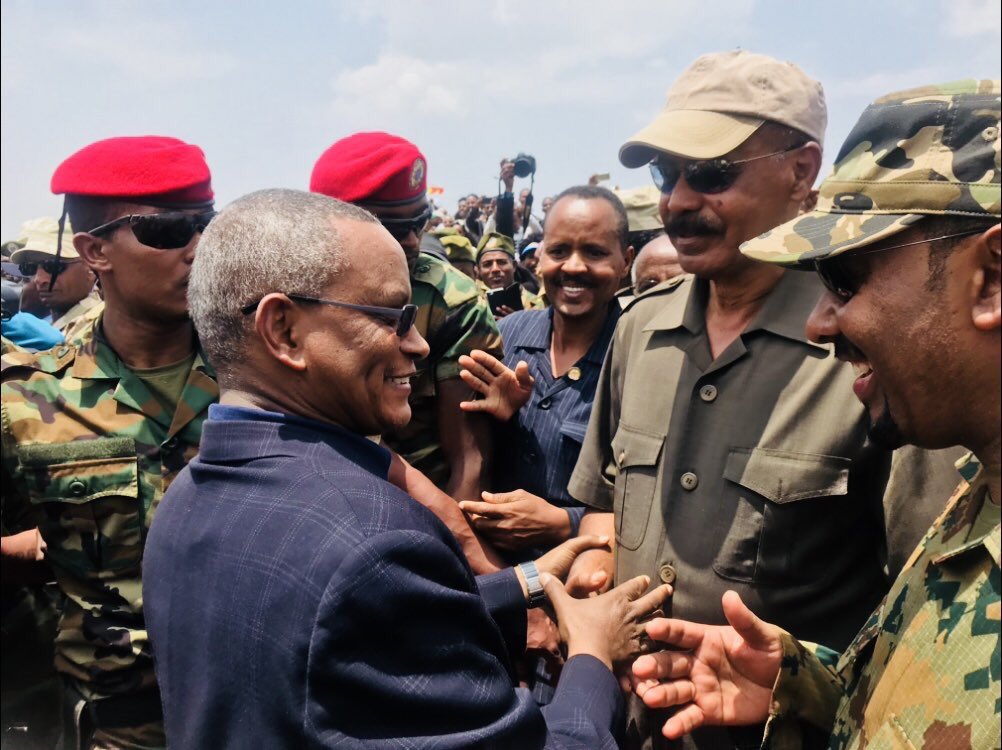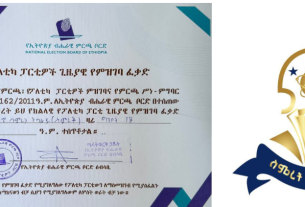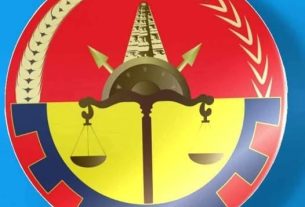By Medhanye Tesfay
The Horn of Africa is once again standing on the edge of renewed conflict. Behind the scenes, the once-powerful alliance between the Eritrean regime (PFDJ) and Ethiopia’s federal government has fractured—exposing the raw ambitions and brutal calculations that fueled a genocidal war against Tigray. Now, as the Eritrean regime seeks a new tactical arrangement with the Tigray People’s Liberation Front (TPLF), the region faces a volatile and morally complex realignment.
During the 2020–2022 Tigray war, the PFDJ and the Ethiopian federal government were strategic partners in a coordinated campaign that resulted in one of the worst humanitarian catastrophes in recent history. Together, they launched a war that involved genocide, ethnic cleansing, war crimes, crimes against humanity, mass killings, gang rapes, and the systematic looting and destruction of Tigray. Eritrean Defense Forces (EDF), Ethiopian federal troops, and allied Amhara militias destroyed livelihoods, displaced millions, and targeted Tigrayan identity with surgical cruelty.
Over 600,000 civilians were killed, 120,000 girls and women raped, and more than 2 million people displaced. Hospitals, schools, religious institutions, and farmlands were looted and leveled. The war was a deliberate attempt to break Tigray’s resistance and erase its autonomy through terror.
Despite the scale of destruction, President Isaias Afwerki of Eritrea was not satisfied. In a revealing interview, he lamented the Pretoria Cessation of Hostilities Agreement, stating that “Washington interrupted us,” implying that the war was halted before Eritrea and its allies could finish their violent objectives. Such a statement—after so many lives were lost and atrocities committed—exposes the chilling depth of his intentions. His words suggest a desire to inflict even more death, more rape, and more destruction had there been no international intervention.
This unholy alliance began to fracture after the signing of the Pretoria Agreement in November 2022, which demanded the withdrawal of all foreign and non-regional forces from Tigray. Eritrea, which was neither a signatory nor supportive of the agreement, viewed it as a betrayal. EDF troops refused to withdraw and continued to occupy some parts of Tigray in defiance of international and humanitarian obligations.
Now politically isolated, the PFDJ has turned toward the very force it once fought—the TPLF—attempting to realign under the illusion of shared interests. But this alignment is neither sincere nor strategic for Tigray. It is a desperate attempt by Asmara to use Tigray as a shield—a buffer in the event of another inevitable war between Eritrea and Ethiopia.
This shift is rooted in ideology. The PFDJ has long pursued the creation of a pseudo Eritrean national identity—one that is militaristic, authoritarian, and built on hostility toward Tigray. Tigray’s democratic aspirations, historical ties to Eritrean highlands, and cultural resilience are seen by the PFDJ as threats to its fragile statehood project. To preserve its hold on power, the Eritrean regime has framed Tigray not just as a rival, but as an existential enemy.
That animosity dates back decades. In 1985, the Eritrean liberation front (EPLF), under Isaias Afwerki, blocked humanitarian aid corridors during the peak of the famine in Tigray—deliberately exacerbating mass starvation for political leverage. And in 1998, Eritrea invaded Badme and surrounding parts of Tigray, sparking a border war that killed over 100,000 people.
This history of betrayal, aggression, and manipulation makes it clear that the PFDJ’s outreach to Tigray today is nothing more than opportunism. For the TPLF, entering an alliance with Eritrea would be both immoral and politically self-destructive—an insult to the victims of Eritrean war crimes and a dangerous gamble with Tigray’s future.
If these two demands are met, the TPLF will have no reason to align with the PFDJ or stand against the Ethiopian federal government. Tigray’s path forward does not require dangerous alliances with its historic enemies. Rather, it lies in a principled re-engagement with the federal government, grounded in mutual recognition, constitutional legitimacy, and respect for territorial integrity.
- The full reinstatement of the TPLF as a legitimate political actor in Ethiopia, and
- The restoration of Tigray’s constitutional territorial integrity, including the return of Western Tigray, currently occupied by Amhara forces and federal troops.
If these demands are honored in good faith, there is no compelling reason for TPLF to oppose the federal government. A constitutional settlement would not only isolate warlords and spoilers like the PFDJ but could also mark the beginning of genuine national consensus.
Tigrayans must not be reduced to pawns in the regional power games of Asmara or Addis Ababa. They deserve peace built on justice, dignity, and accountability—not another alliance with a regime that once sought their annihilation and now seeks to use them as a human shield.




